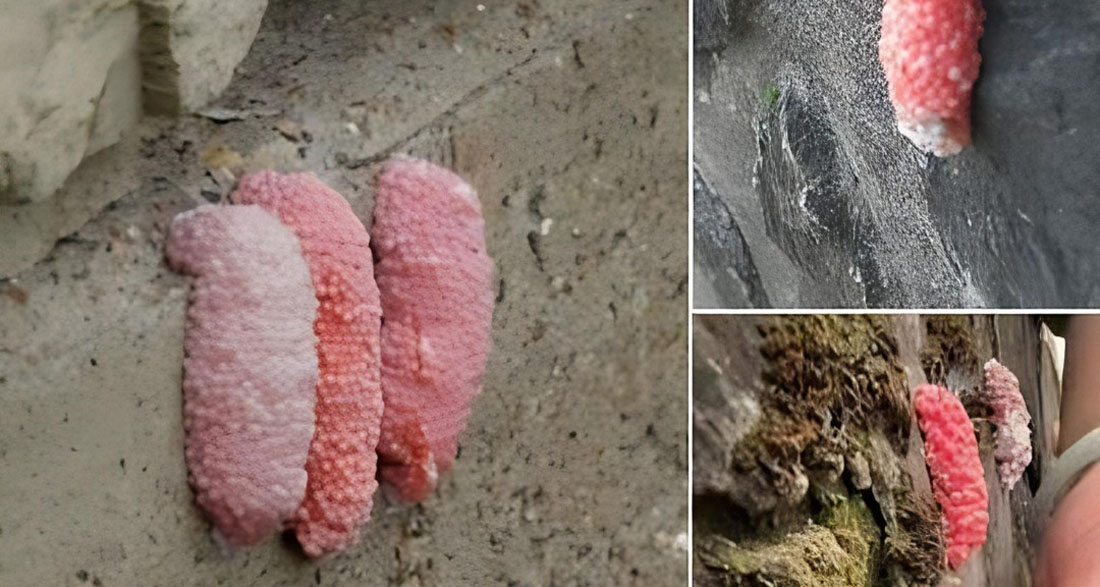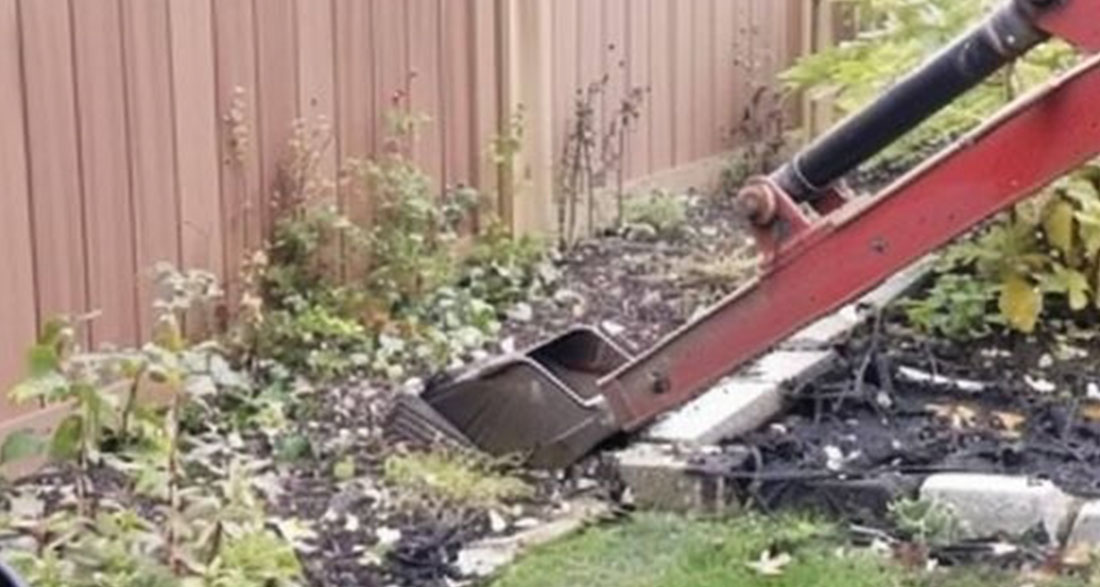Watch Out for the Pink Eggs in Your Garden: Apple Snail Invasion!
You might be walking through your garden, admiring the plants, when you suddenly notice clusters of bright pink eggs. They may look festive or even harmless, but these eggs could be a warning sign of an invasive species that threatens your garden and the whole ecosystem around you.
These pink eggs are the work of the apple snail, a dangerous invader originally from South America. Once these snails take hold, they can cause major damage to plants, crops, and natural habitats.
The Apple Snail: A Giant in the Freshwater World
Apple snails aren’t your average garden snails. They’re big—some even have shells that can grow as wide as 10 centimeters. They’re often found in wet places like ponds, lakes, and swamps, where the warm climate allows them to thrive.
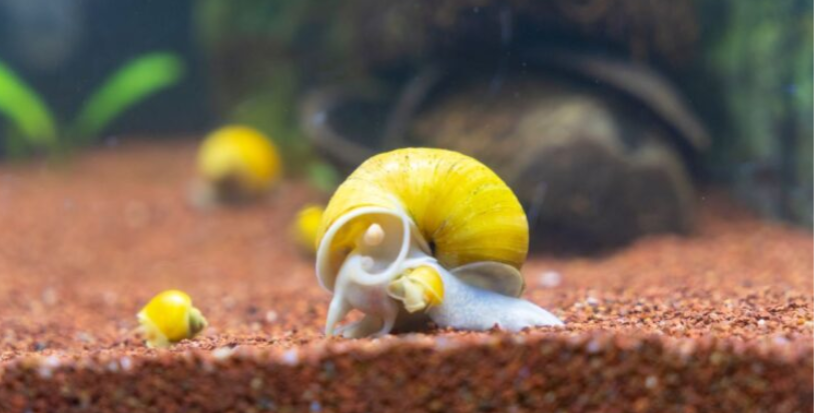
These snails lay eggs in clusters of 400 to 600, each egg only 2-3 millimeters in size. But don’t let their small size fool you—they’re incredibly productive. As they reproduce rapidly, they quickly spread to new areas, causing trouble wherever they go.
Why Are Apple Snails Such a Problem?
Apple snails are on the list of the world’s top 100 most invasive species, and it’s easy to see why. They’re adaptable, able to thrive in different environments thanks to global warming. These snails first came from the humid areas of South America, but now they’re spread across North America, Europe, and Asia.
Once they arrive in a new place, they take over. They eat a wide range of plants, even the ones people rely on, like rice in Southeast Asia. Since they reproduce so quickly and are hard to stop, apple snails outcompete local species for food and space, leading to loss of biodiversity.
Apple Snail Eggs: How to Spot Them
The clusters of pink or orange eggs are one of the easiest signs to spot. You’ll usually find them on leaves, branches, or other surfaces near water. The bright colors help warn predators, but that doesn’t mean the snails are safe—they still hatch and grow, and then they start eating everything in their path.

When you spot these eggs, act quickly! Each cluster can turn into hundreds of snails. And once they hatch, the snails spread fast and cause damage.
Where Have Apple Snails Spread, and How Do They Hurt the Environment?
Apple snails have traveled far from their homeland in South America. In North America, you’ll find them in states like Florida, Texas, and California. In Europe, they’ve been seen in Spain and France. Just a few years ago, apple snail eggs were found near Fréjus, France, and authorities had to step in to try and contain the problem.
Apple snails are bad for the environment because they eat so many plants. In the water, plants are vital. They help keep water clean, provide oxygen, and offer food and shelter for fish and other creatures. When apple snails eat these plants, everything in the ecosystem suffers. In farms, they destroy crops like rice and other plants, leading to big financial losses.
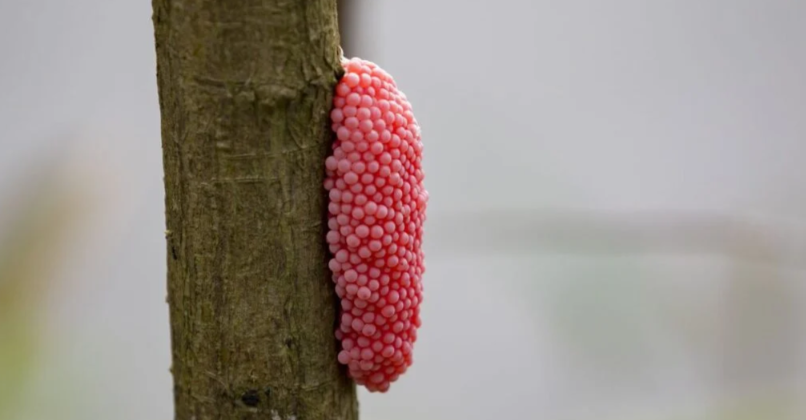
What Can Be Done to Stop Apple Snails?
Stopping apple snails isn’t easy, but there are ways to fight back. First, many places have banned selling apple snails as pets because people were letting them loose into the wild. But even with that ban, the snails still spread.
Here are some things you can do:
- Report sightings: If you spot apple snails or their eggs, report them to local authorities. Early detection helps stop their spread.
- Manual removal: In some places, officials encourage people to remove the eggs by scraping them off surfaces. Always wear gloves to protect yourself.
- Biological controls: Scientists are working on finding natural predators to control apple snail numbers, though this is still being tested.
- Public awareness: Education is key. People need to understand how damaging apple snails can be, so they don’t accidentally spread them further.
Why Should Gardeners Be Concerned?
If you’re a gardener, apple snails could pose a real threat. These snails can eat through your plants, especially if you have water features like ponds or fountains. Once they’re in, they’re tough to get rid of, so it’s important to act fast if you spot the pink eggs.
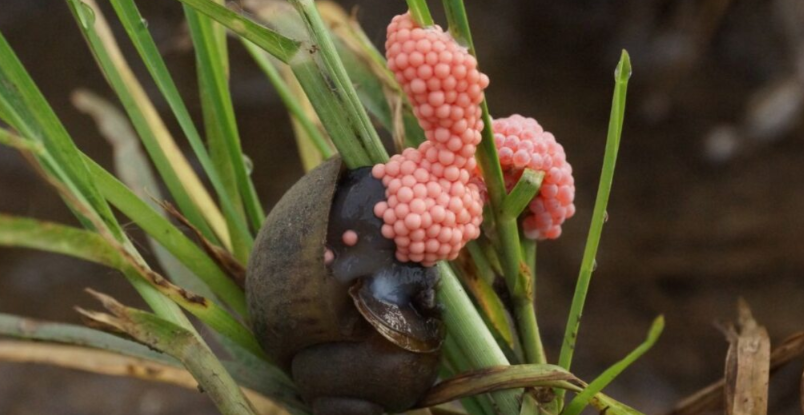
Seeing the eggs might be alarming, but knowing what they mean and acting quickly can help protect your garden and local environment. By removing the eggs and reporting them, you can play a big part in stopping the snails before they spread further.
Conclusion: Stay Vigilant to Protect Your Garden
Pink eggs in your garden may seem like an odd sight, but they’re more than just a nuisance—they’re a sign of a serious invasion. Apple snails can harm ecosystems, crops, and natural habitats worldwide. By staying vigilant, reporting sightings, and acting fast, you can help protect the environment around you from this invasive species.
Remember, it’s up to each of us to help stop the spread of apple snails and keep our ecosystems safe.
Share your thoughts in the comments!


